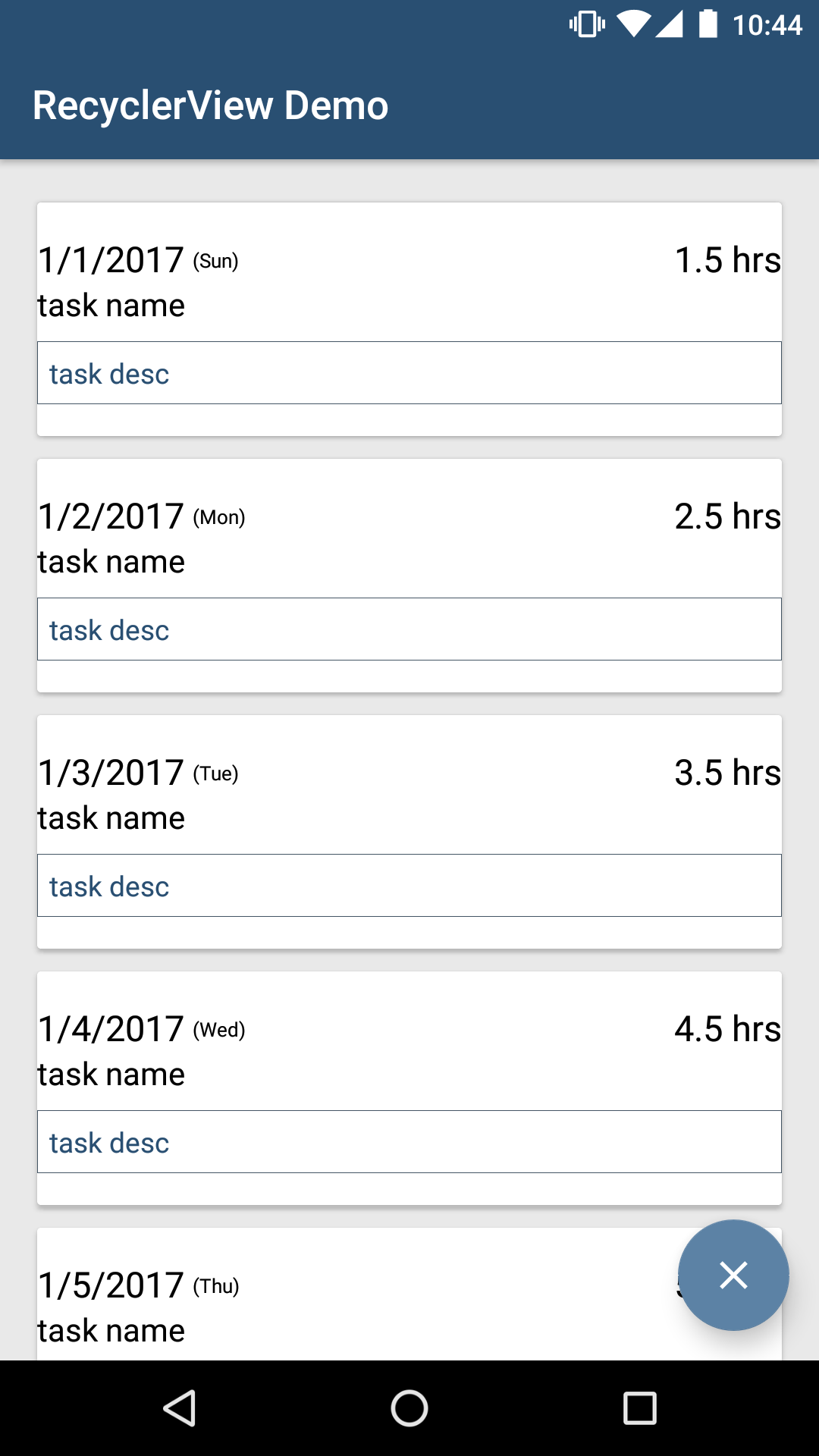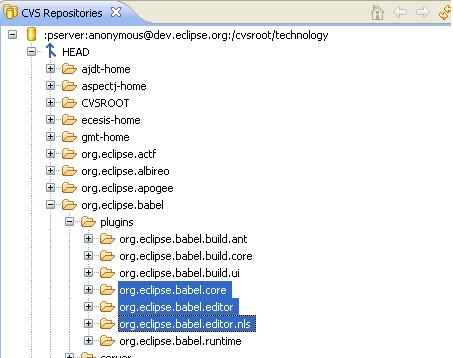Hacktoberfest! – Celebrating Open Source Software
A quick introduction – Packages, Libraries, and Repos Before we begin, if you’re familiar with these terms, you can skip to the next section. As software developers, we often bring other …


A quick introduction – Packages, Libraries, and Repos Before we begin, if you’re familiar with these terms, you can skip to the next section. As software developers, we often bring other …

At E-gineering, we’ve been using RxJava to help us handle networking (with Retrofit) and threading in Android apps due to the ease with which it handles these tasks. As a learning exercise, Nate …

A little over a year ago, one of our clients came to us and asked if we would take over a project that had fallen into disrepair. Much effort had been expended to get the project off the ground …

One of the things I love about being an Android developer is the amount of resources available at my fingertips on the Internet. There’s a strong community of developers sharing open source libraries, …

Failing to prepare is preparing to fail. – John Wooden Writing strong automated tests comes down to preparation. (I never thought I would be drawing connections between sports and automated …

In our previous post, Selenium Java: An Intelligent Example Part 2, we dug into the code. We demonstrated how everything is tied together. We outlined the BasePage, WebDriverResource, and …

In our previous post, Selenium Java: An Intelligent Example Part 1, we described how to manage Technical Debt and the importance of using a Page Model. We also gave an overview of the classes used in …

In our introductory post, A Survey of the Automated Testing Landscape, we defined the problems we often find in automated testing. In this series, we will walk through an intelligent example of a …

Welcome to Part 2 of an ongoing series on the gitflow-helper-maven-plugin, and how to leverage it to simplify your CI configuration, artifact management, and deployment solution. Once again I’m …

Hi, I’m Bryan. This is my first blog post for E-g. I wanted it to be memorable. I wanted it to be epic. I wanted it to be informative. I wanted to convey how much time I’ve spent over the years …
E-gineering partnered with a client to rebuild the reporting framework for their telephone voice response system. Their telephone response system functions differently than the traditional …
E-gineering partnered with a student athlete governing body to build an online registration system for prospective student athletes. The goal was to create a registration system that students found …
E-gineering partnered with an international pharmaceutical company and an expert group education company to build a web-based scheduling system for educator training sessions. The goal was to provide …
E-gineering partnered with a state advocacy group to build an online suite of tools for educators. The goal was to provide Indiana teachers with “smart” tools to assist in the broad areas of planning, …

I was recently involved in a project that supported three different languages. One of the things I grew to loath very quickly was the whole process of making sure all the property files were up to …

I recently finished working on an application that included Chinese and Japanese language support. Not having worked much with Asian languages in the past, I had to figure a few things out. I thought …